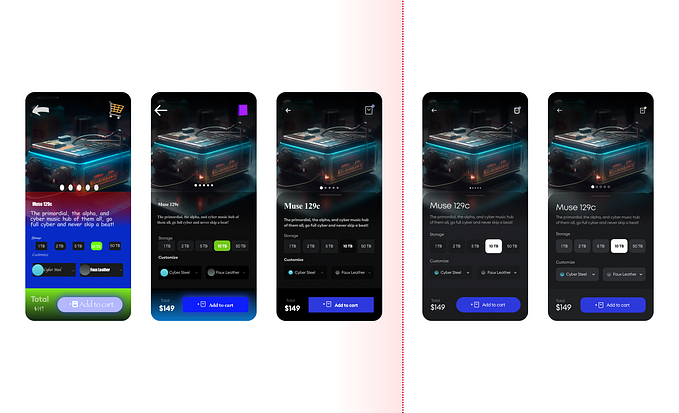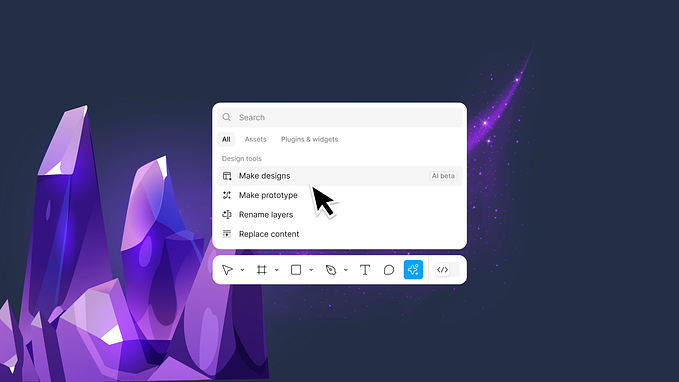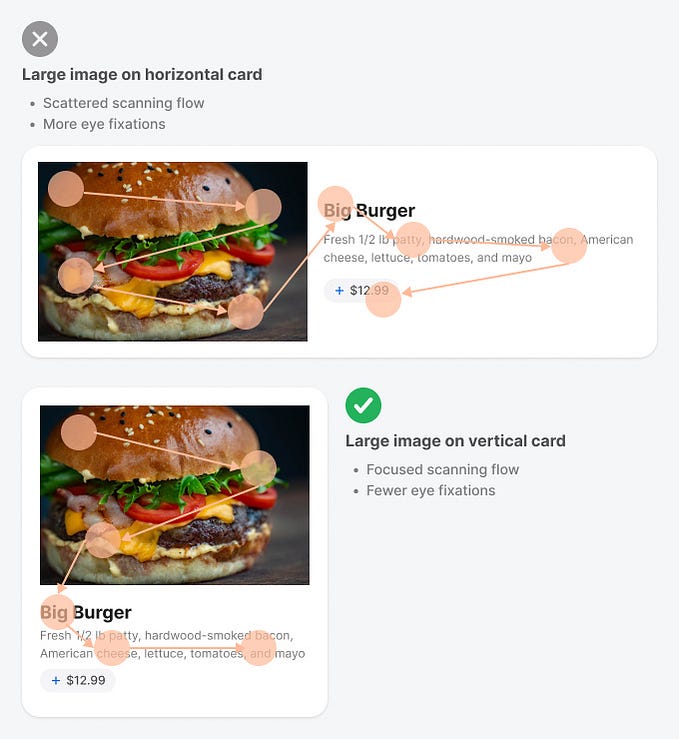Lorem Ipsum will destroy your design
And why designers can do with flexing their content muscles a bit.

Lorem ipsum is one of the most common filler texts in product design. If you’re working as a designer, you may even know that lorem ipsum generators are often used in tandem with design mockups to better illustrate how the text will be laid out across several screens.
This type of template is not uncommon, but the problem lies in the fact that lorem ipsum accounts for 50–90% of what ends up on your website, which isn’t realistic if you are trying to design an appealing website.
Let’s talk about why designing your website without using a lorem ipsum generator can ultimately provide better results for your website.
Content isn’t just words, it is a key component of product design
A common theme among product companies is emphasizing the design of their products. And rightly so — design is essential. However, it’s often overlooked that design is just one of the three pillars of a successful product. The other two are content and usability. Of all three, content over time turns out to be possibly the most crucial. Without content, the design and the usability are literally meaningless.
Content isn’t a process that starts after the design is completed; content and design work hand in hand through the design journey.
Stop relying on Latin filler
Using Lorem Ipsum can be downright harmful, particularly when designers use it as a crutch for placeholder.
The primary concern that stems from this is that the core functionality at the early prototyping and designs stages gets muddied up by contextless information on the page.
1. Lorem Ipsum is not ideal for high-fidelity prototypes:

For the initial stages of design, it can be helpful (in good measure). However, the further along you get, the more the focus needs to shift towards the content. Since the content holds significant weight in interfaces, it needs to be introduced to the process, even if the designer is placing in simple representative copy that indicates the basic point that the content aims to do.
2. It makes thoughtful feedback harder to reach:

Collaborative design feedback is very important, but it’s also a step that can be awfully awry when things aren’t focused.
A suitable product testing environment with relevant and appealing content will encourage valuable and thoughtful feedback, which a designer can use to build a more meaningful user experience.
Sure, using lorem ipsum text in your designs might be a convenient shortcut to a deadline, but you’re likely to have to try several design iterations before getting valuable input from clients primarily because they will not be able to read the page for its full value.
The general idea is that people scan, not read. However, design teams scan AND read, you might as well make sure there is something to read at all.
3. The layout space suitable for Lorem Ipsum may not accommodate real content:

Designers tend to cut the lorem ipsum text when it pleases them to keep their designs nice and tidy. However, in reality, content is not the same length. Small areas may not be able to house the necessary content needed.
This, in turn, causes you (the designer) to spend more time reworking the layout to fit the text. Dummy text misleads future content.
The key takeaway here is that you save time by focusing on structure and content simultaneously.
Figure out how much text you need to fit in certain areas as you build the layout, not after.
It’s better to build your layout around your content instead of the other way around.
4. The earlier you define a general framework for content, the more relevant the design will become:

When it comes to designing a product, make sure you’re clear on the purpose and goal of the design. The earlier you include real content in your designs, the more unified they will be and meld together seamlessly.
Lorem Ipsum is void of soul or emotions. By using copy based on real clients and users instead of filler text, not only are you communicating with potential customers effectively but also making sure the design as a whole has a clear purpose to them.
Design is communication driven, which means your design is not complete until it communicates the purpose and intent of the project.
5. It is challenging to backtrack on content late into the design journey:

When the long drawn design process is completed or near completion, especially in more complex products, it isn’t easy to go back to the initial point and start creating the content from scratch.
Trying to fit what you want to say in an already designed layout, not only is difficult but can and will alter your message.
If you’re designing with one specific idea or message in mind, changing that post facto is painful. You’d much rather do as you go.
6. It’s always better to put in content early for the main titles:

You don’t necessarily need to know the specifics of the content, at least map out the main titles. It’s still essential to have a structure for your content. It’s a beneficial idea to think about the main topics early on in your design process. It would help if you tried to estimate how much space you will need for each concept.
For body copy, it may work to use Lorem Ipsum, but it’s imperative to use relevant content for the main titles, sections, CTAs, etc.
“By adding Lorem Ipsum to the design, you are essentially dressing your king before you know his size.”- Matt Saunders
Real content = effective design

Stakeholder feedback is an essential part of the design process. Stakeholder input helps designers find out what tone of voice works best for the product, and without a healthy start, this can get lost in the woods easily.
Here’s an in-depth article about how a design and content can be stitched together in the designer’s workflow.
Some thoughts to leave you with
Lorem Ipsum is literally Latin to your users; it can do no good if you’re trying to drive home a point. It can surely help fill space in a design, but it can’t help convey the emotion and message that a designer wants.
Design with purpose, not with dummy copy. It’ll pay off exponentially over time.
The Canvs Editorial team comprises of: Editorial Writer and Researcher- Paridhi Agrawal and Anjali Baliga, the Editor’s Desk- Aalhad Joshi and Debprotim Roy, and Content Operations- Abin Rajan
Follow Canvs on Instagram and LinkedIn. Don’t forget to follow us here on Medium as well for more design-related content.











